
Easy Installation Waterproof Wood Plastic Composite WPC Decking For Garden Buy WPC Decking
Wood Plastic Composite (WPC) is a plastic-based composite material with reinforcement and filler of wood powder or natural fibre powder. Because WPC is composed of environmentally friendly materials that can replace wood and plastic, the interest of researchers in exploring this material to meet needs in various fields is increasing.

China Outdoor Waterproof Wood Plastic Composite Decking / WPC Outdoor Decking (HO023147) Photos
Wood plastic composite (WPC) that consists of polyethylene (PE) and wood sawdust tends to be used primarily in building and structural components. WPC comprised of wood sawdust and polypropylene (PP), on the other hand, is more commonly used for automotive and consumer products.
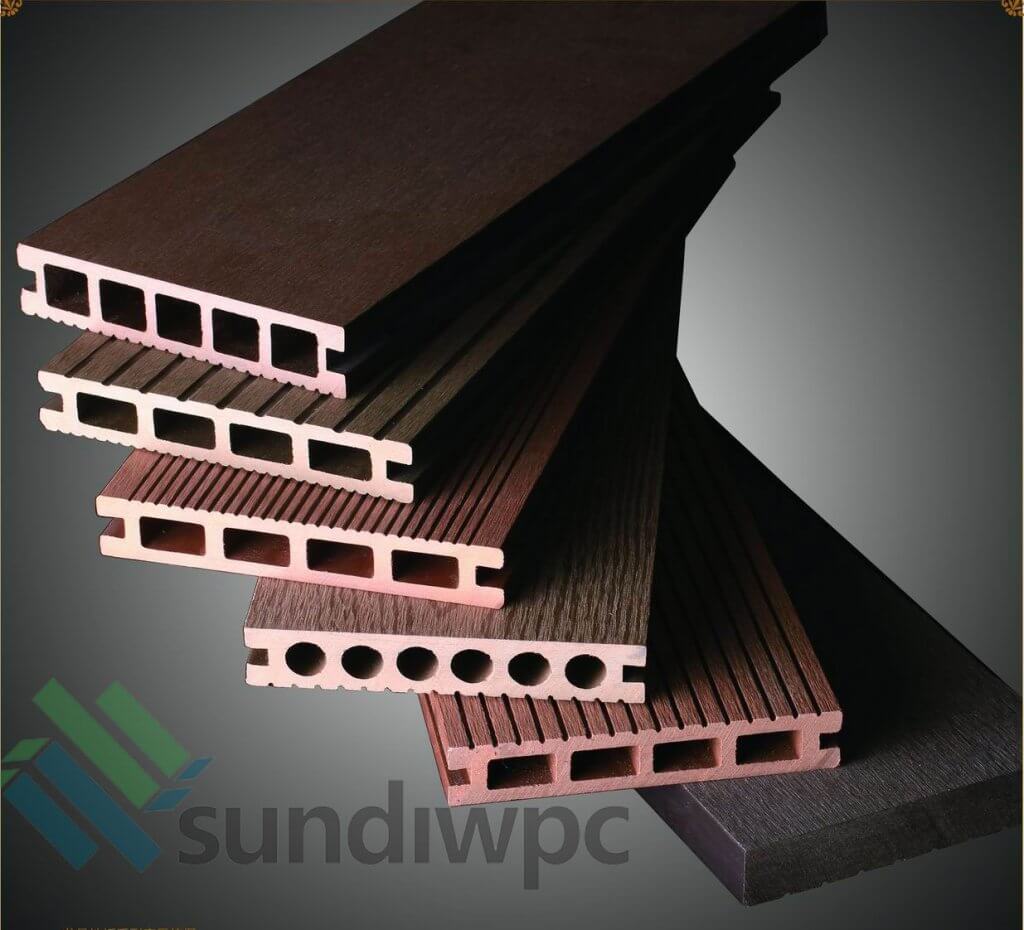
WPC Board (Wood Plastic Composite) Things You Need To know
Wood-plastic composites (WPCs) are composite materials formed by combining wood-based elements and plastic fibers. WPCs can be manufactured entirely from recycled materials obtained from wood product manufacturing facilities along with the plastic powder. Figure-1: A Storage Shed Made of WPCs

Waterproof Exterior Decking Wood Plastic Composite Floor WPC Sheet China Wood Plastic
The Wood Plastic Composite (WPC) Information Center provides technical and industry information about wood plastic composites which are also referred to as composite lumber or natural fiber thermoplastic composites.

Wood Plastic Composite Wpc Wall Cladding Four Grooves Mouldproof
Wood-plastic composites (WPCs) are composite materials made of wood fiber / wood flour and thermoplastic (s) such as polythene (PE), polypropylene (PP), polyvinyl chloride (PVC), or polylactic acid (PLA). In addition to wood fiber and plastic, WPCs can also contain other ligno-cellulosic and/or inorganic filler materials.

Waterproof WPC Wood Plastic Composite Outdoor Wall Panel Cladding China WPC Wall Panel and
What is WPC material? Wood-plastic composites are panels or wood products made from recycled plastic and small wood particles or fibers. Compared to the time-honored natural wood or traditional wood composites such as particleboard or fiberboard, wood-plastic composites are relatively new products.

White,Gray WPC Wood Plastic Composite Sheet, Thickness 4 mm, Size 8 X 4 Feet, Rs 33 /square
Wood plastic composites are widely used in the U.S. They are manufactured by mixing wood particles as fine as flour and recycled plastics. North American WPC market have reached almost $1 billion in sales.This is an increase of 200% between 2001 and 2006, and it is expected that 20% annual growth will take place within the next 5 to 6 years.
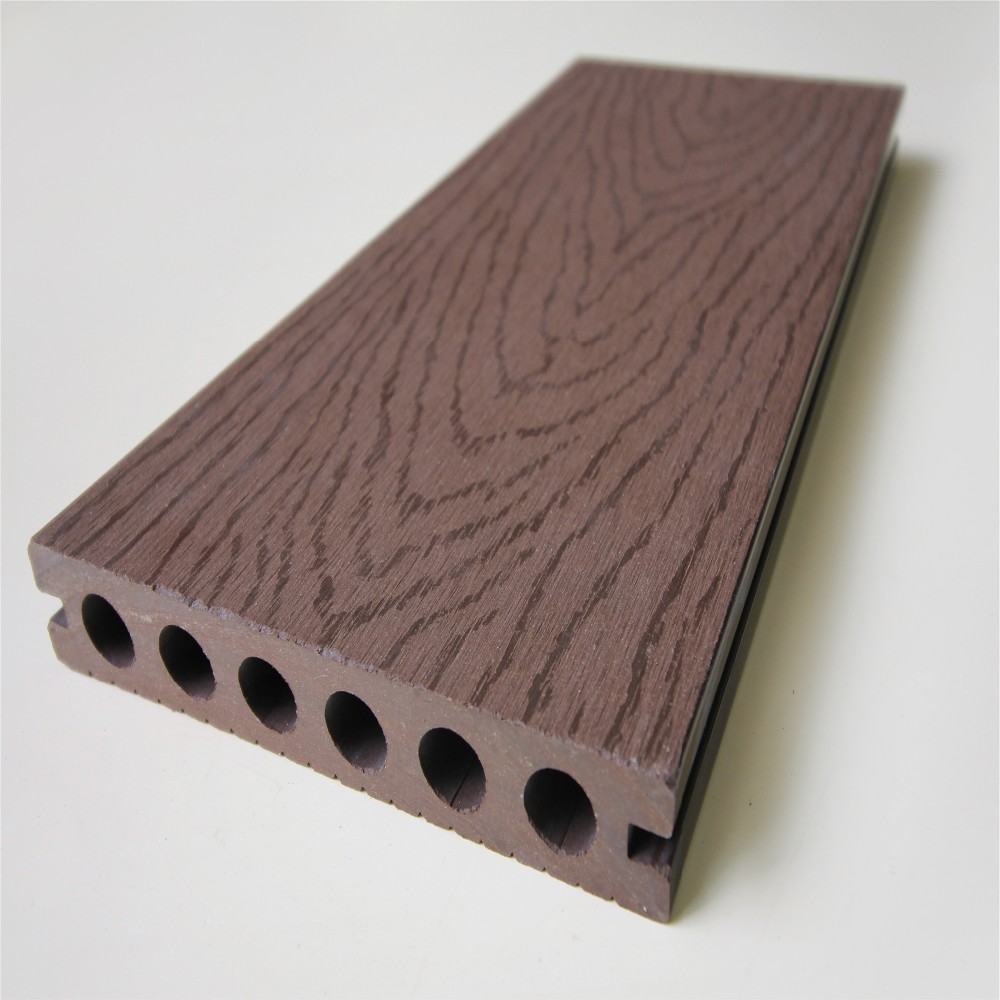
Kangton China durable outdoor wpc wood plastic composite flooring wpc decking prices factory
Wood-plastic composite (WPC) is a composite material made of plastic as a matrix and wood as filler (Gardner et al., 2015). Like other composite materials, the constituent materials are preserved in their original forms and are incorporated to obtain a new composite material with reasonable mechanical and physical properties and low cost.

Outdoor PWC wood plastic composite decking flooring, wpc wall panel
Wood-plastic composites (WPCs) entered the market in the 1990s; they are usually composed of up to 50% w/w of wood flour, thermoplastic polymers (polypropylene, polyethylene, polyvinyl chloride.
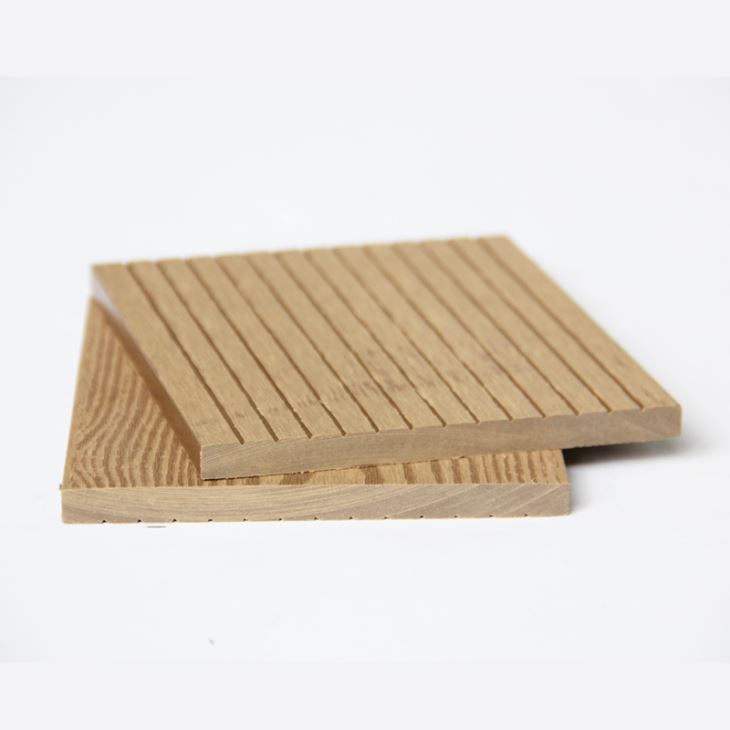
Wood Plastic Composite Wall Panel Wpc Cladding factory and suppliers Bofan
Wood plastic composites (WPCs) are roughly 50:50 mixtures of thermoplastic polymers and small wood particles. The wood and thermoplastics are usually compounded above the melting temperature of the thermoplastic polymers and then further pro-cessed to make various WPC prod-ucts. WPC can be manufactured in a variety of colors, shapes and

Mengenal Wood Plastic Composite (WPC) ARSITAG
Wood-plastic composite (WPC) lumber is promoted as a low-maintenance, high-durability product ( Clemons, 2002 ). However, after a decade of exterior use in the construction industry, questions have arisen regarding durability.
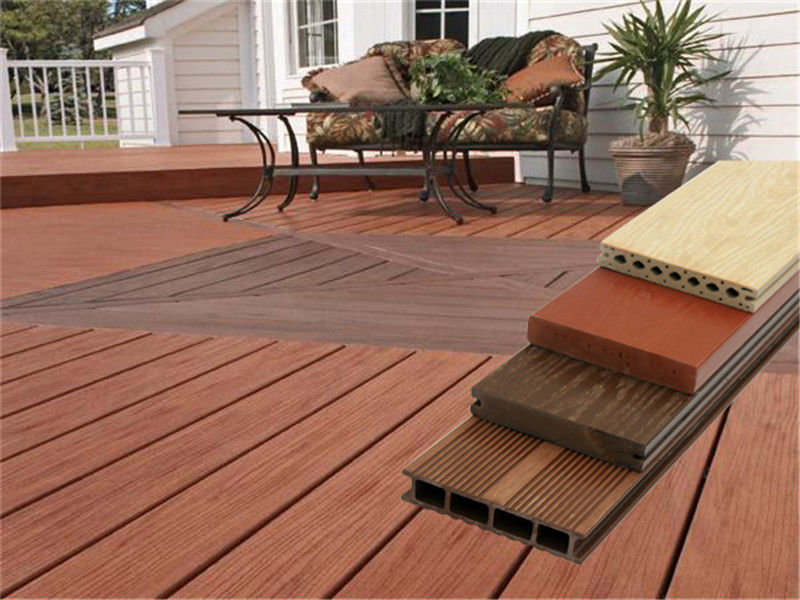
Moisture Proof WPC Wood Plastic Composite Decking Boards For Outside 2m / 3m / 4m
WPC use has gained attention with several conferences held on their advancement primarily due to the shift in attitude towards environmentally-friendly products (Azadeh et al. 2011).In 2003, the 7th International Conference on Wood and Natural Fibre-Plastic Composites had over 400 experts with the aim of finding out how to improve on the blend of plastic with wood for composite production.
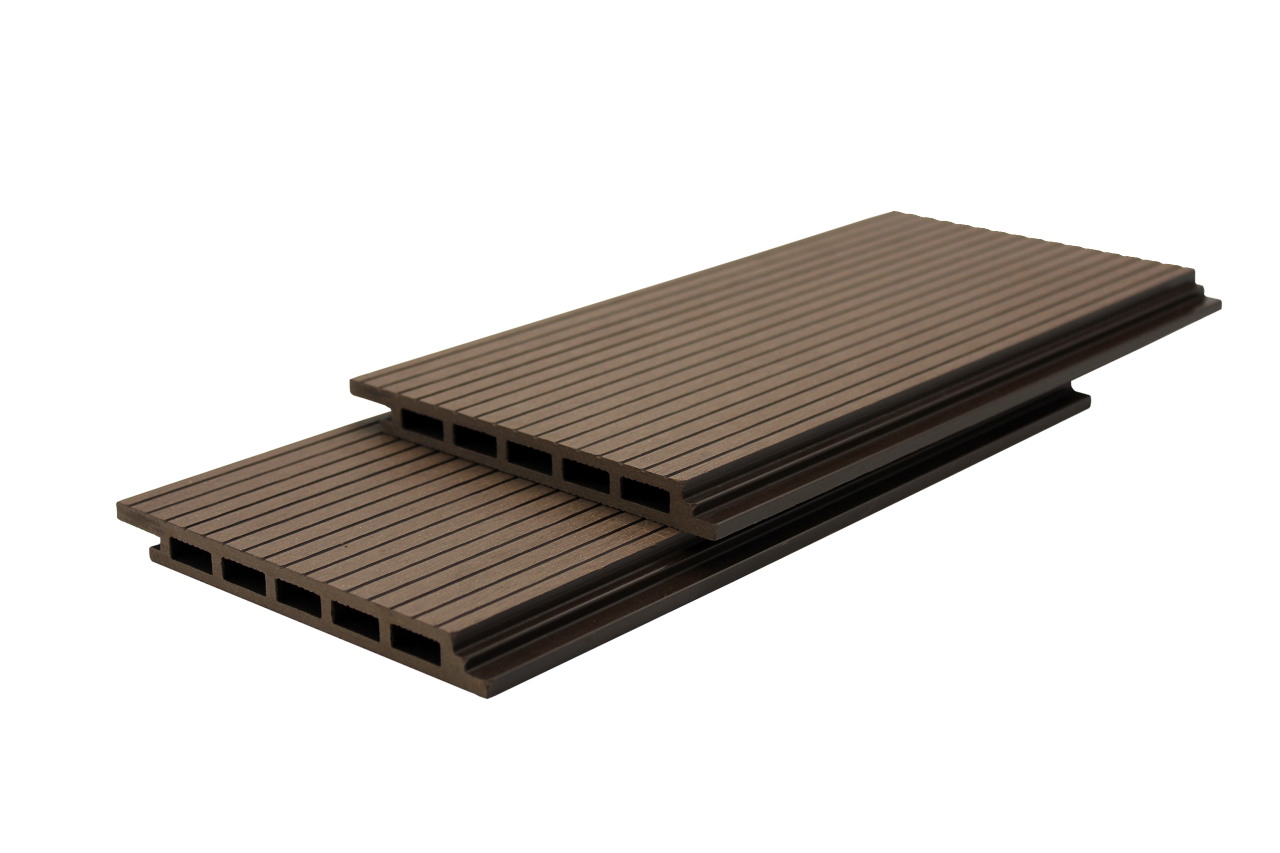
WPC Wall Panel Wood Plastic Composite Wall Cladding for Outdoor
Wood-Plastic Composite (WPC) is a revolutionary material in the construction and design industry, offering a blend of wood and plastic properties. Its appeal lies in sustainability, durability, and design flexibility. Understanding the core production and application criteria is crucial to unlock its full potential.

Solid Wood Plastic Composite WPC Decking / Flooring Boards Anti slip
Wood flour (WF)/fiber-reinforced polymer composites are commonly known as wood-plastic composite (WPC). It is composed of wood fibers recovered from sawdust (and other cellulose-based fiber fillers such as peanut hulls, bamboo, straw, digestate, etc.) and waste plastics including high density polyethylene (HDPE) and polyvinyl chloride (PVC).
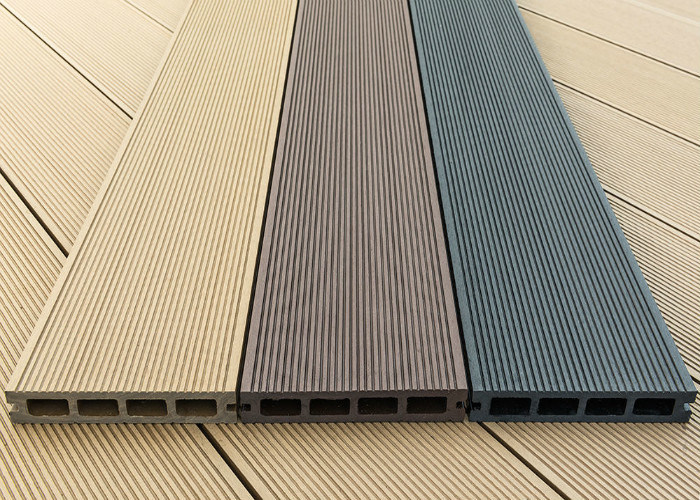
WPC Wood Plastic Composite Ecofriendly AntiUV Hollow Decking Board
As its name might suggest, wood plastic composite (WPC) is a material created from a unique blend of natural wood and plastic fibers. Sawdust, pulp, bamboo, peanut hulls and unused woodworking materials, like bark, from a variety of projects, are combined with plastic powder to form WPC.
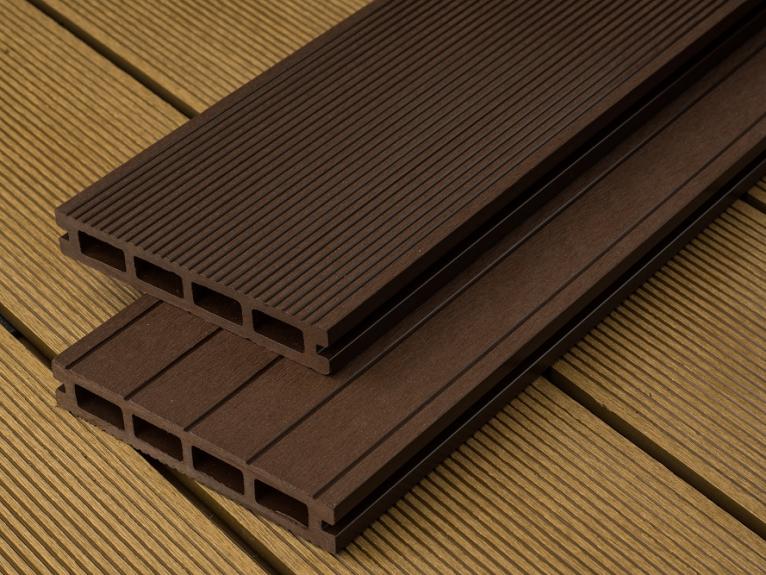
Wood Plastic Composite Deck (WPC deck) NEWCORE GLOBAL PVT. LTD
WPC made from wood and plastic wastes will decrease the MSW generation, lower the plastic price, and enhance the properties of composites overall when the natural fibre is mixed with plastics. The utilization of these wastes instead of virgin ones is more meaningful from the environmental point of view.